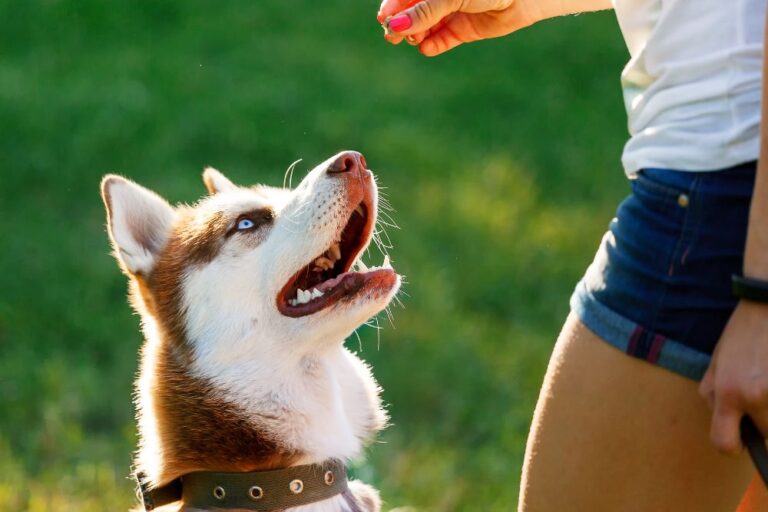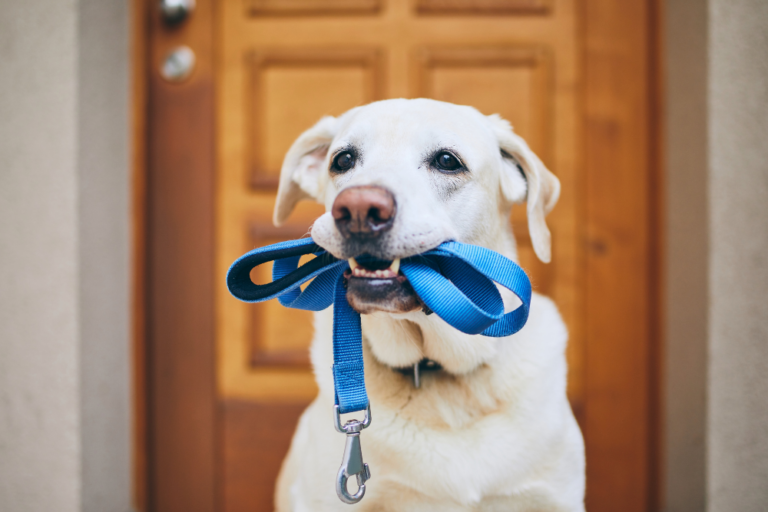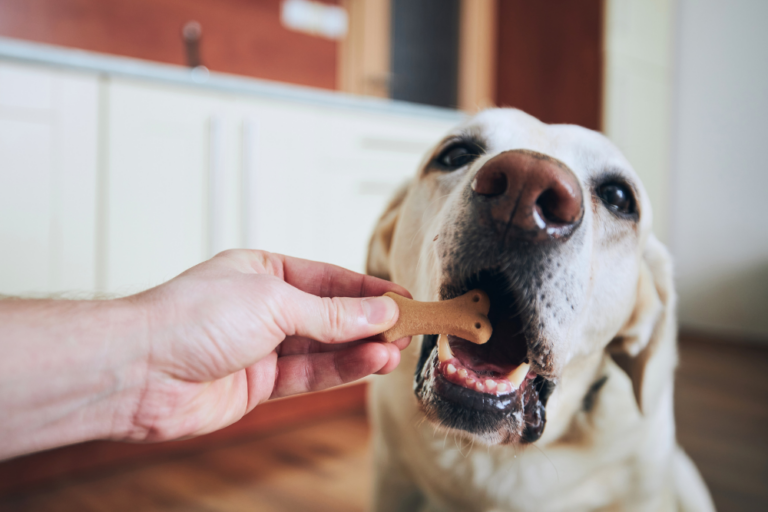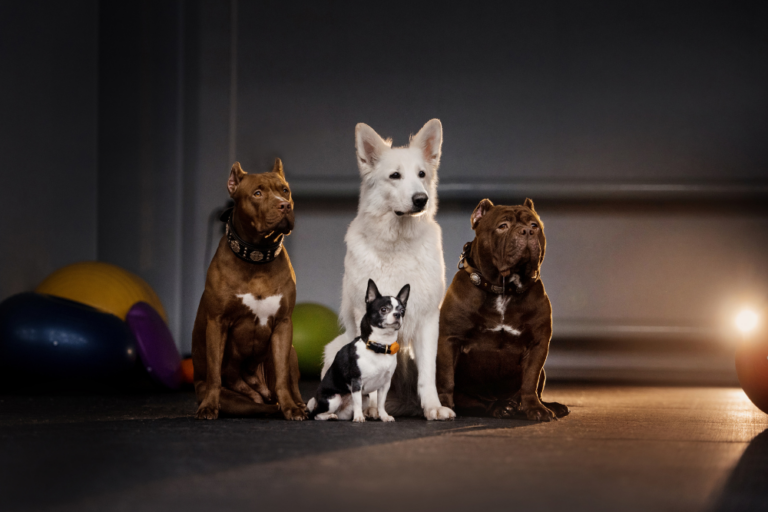Dog Separation Anxiety

Dog Separation Anxiety
Let’s face it, no dog is perfect.. And if you have a dog that needs an attitude adjustment, you’ve arrived at the perfect place.
Dog Separation Anxiety & How To Resolve It
A broken screen door yet it could be much worse.
Separation anxiety in dogs is not fun for anybody. Not you or your family and certainly not your dog. But once you understand the causes of this behavior issue you realize it’s far from rocket science, and there are proven ways to deal with the problem.
TIP: Remember this before you proceed.. Dogs are not complex creatures it’s often their owners that portray them as complicated.
Before we get into specifics I’d like to put your mind at ease about behavior training. Dogs are not complex creatures and if you’re consistent with the methods we’ll discuss, you’ll begin to see results in a matter of days. Keep it going and you could have the issue of separation anxiety resolved within a couple of weeks.
Hopefully this will spark your enthusiasm. Two weeks and no more calls from the neighbors? Plus, the dog is all right while you’re away? Sounds good, doesn’t it? Okay, now about the problem at hand.
The most common signs of separation anxiety are howling, incessant barking, urination and destructive behavior. If your dog is consistently howling or urinating the first concern is whether the animal is in physical discomfort. An examination by a veterinarian will disclose any problems that could cause your dog to do this. In the event there are no physical problems, you can begin to adopt one of the practices we’re going to discuss. But please have your dog examined first and if they check out physically, we can move on to dealing with dog separation anxiety.
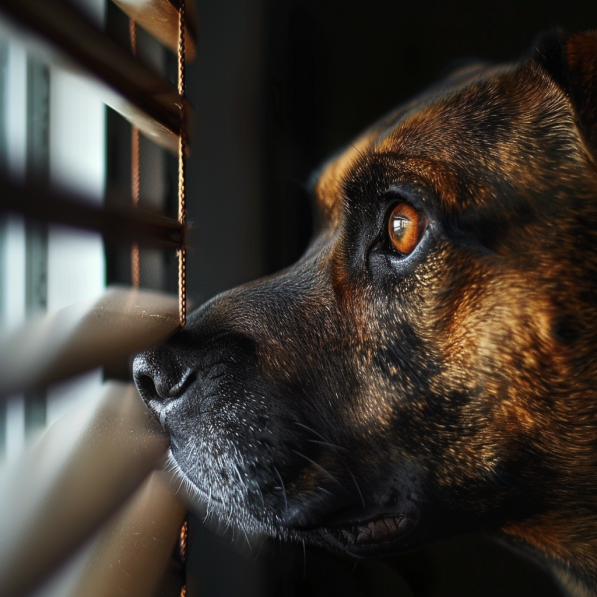
Symptoms
Two of the images on this page depict severe dog separation anxiety damage, but an anxious dog may also..
- Jump on furniture and or tear into it.
- Bark or howl excessively and endlessly.
- Urinate in the house or vomit.
- Defecate in the house
- Tear up paper, drapes, clothing, shoes or whatever it can grab hold of.
- Chew on shoes, TV remote, your cordless phone, mobile phone, etc.
- Dig up your yard, scratch walls and doors, chew moulding.
- Gnaw at itself, lick obsessively and a plethora of other whacked out behaviors.
Scratching at doors and windows is typical of dog separation anxiety and a dog acting out in panic.
The age of your dog has a lot to do with our approach. A dog at six or eight months is still a bit young to be left alone for long periods of time yet should be left alone for short periods. An older dog that exhibits signs of anxiety when left alone has either been spoiled with attention, or is simply bored and in need of stimulation. More about that in a minute but for now, in the event we’re talking about a younger dog, you’ll need to provide some companionship as well as alone time on a schedule.
Thinking the dog will outgrow this on its own is not the answer. We need to calm our dog and promote contentment and self-confidence. Otherwise, you could have more serious issues when your dog is fully-grown. So, don’t leave your younger dog alone for extended periods of time. Short periods up to one or two hours are fine, as long as you remain calm when you leave, and also when you return. Even with an older dog, you want to communicate that it’s not a big deal when you’re away, so it’s best to avoid making it a big deal when you come home.
This is a common mistake, since the dog is usually excited to see you at long last, and you want to offer reassurance. However, the dog needs to learn your temporary absence is part of the life style, and you can teach this. I’m going to show you a few ways to help the animal understand that you leave and come back.
Training Exercises
One way to start communicating this is to go outside for a time, twenty to thirty minutes or until you hear the dog, then return and walk past the animal, without acknowledging its enthusiasm at your return. Ignore the dog until it settles down, then mildly reassure the dog. Wait a bit to allow the dog to calm completely and do this again. If you begin to see results after the third or fourth time, we’re on the right track and you can extend the time you’re out. You might even get in a trip to the corner store in a few days.
However, if you’re outside for more than thirty minutes and the dog remains quiet, or is not particularly excited when you come back in, there’s a good chance the anxiety sets in after several hours. If this is the case, there are a couple of things that could be the problem.
First, does your dog have his or her own space? If not, you need to establish a place that belongs to your dog alone. Dogs are den creatures and they can be content in this type of environment for long periods of time if necessary. If you’ve been considering your house as the dog’s home, this is part of the problem and it must be corrected.
Many behavior experts preach the value of the crate. A doghouse is fine if it’s the animal’s exclusive territory. For the first week or so, make the idea of a house fun for your dog and reward with treats and praise. Hey pal, you have a den. Oh boy..!! Believe me, the dog will become secure in its house after a short time.
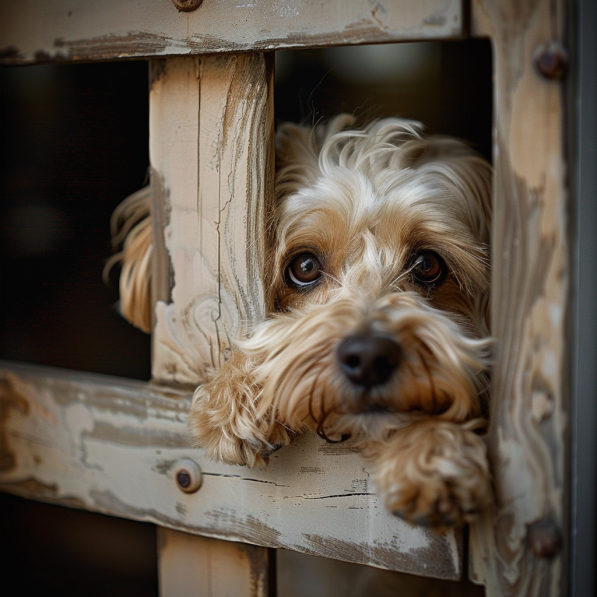
The importance of exercise..
Severe separation anxiety damage, WOW!
On the other hand, if your dog has a house, likes being in it, and still exhibits symptoms of separation anxiety, we need to talk about the other possibility. A lack of exercise.
The amount of exercise your dog receives on a daily basis is important to the animal’s well being. Working breeds and purebreds need to be exercised a minimum of one hour a day. Two hours is better, but not less than one hour a day by any means. A lack of exercise leads directly to boredom in working dogs, and this often translates to separation anxiety. If your dog is lacking exercise, it’s up to you to see that this is corrected. You can devise fun things like dog training activities, and do these every morning and evening.
A young dog can find stimulation in a brisk walk, where an older dog might find a walk pretty boring. This is your responsibility as head of the pack, to lead your dog into exercising activities in the same way a pack leader encourages the pack to hunt. A community dog park is a great way to stimulate your dog, and being around other dogs will promote social interaction as well. Exercise your dog for at least two hours a day and I’ll be surprised if it doesn’t make a big difference in a matter of a week.
Finally, make sure the dog is well fed before you leave. A filling meal will send the dog to its house for a long snooze. Also, If you listen to music when you’re home, leave some music or the television on for the dog while you’re away. Makes sense, doesn’t it?
Dog Separation Anxiety Overview
Separation anxiety is one of the main behavior issues causing families to surrender their dogs to shelters and the reason many dogs are abandoned! Certain medical issues can cause a dog to act out so a Vet check is always in order when separation anxiety is suspected.
Ironically it’s us dog owners that unknowingly allow this behavioral issue to fester. A simple example is making it “a big deal” when we leave our home, or when returning home. The anxiety issue itself is not that tough to deal with. Using your instincts and the discussion provided by this article will probably lead you to some answers, and that’s what we’re looking for.
Remember, with this kind of training, you’re learning about a particular animal – your animal – just as that animal is learning about a particular human – you. Every dog is unique and these methods need your personal touch to be completely effective. I’m just providing a template and the way you make it work is a story all its own. Remember, take baby steps in battling separation anxiety, make things boring and un eventful and offer plenty of structured exercise;)
Don’t miss our additional topics on dealing with dog behavior issues by following the links provided on our dog behavior and training page.

